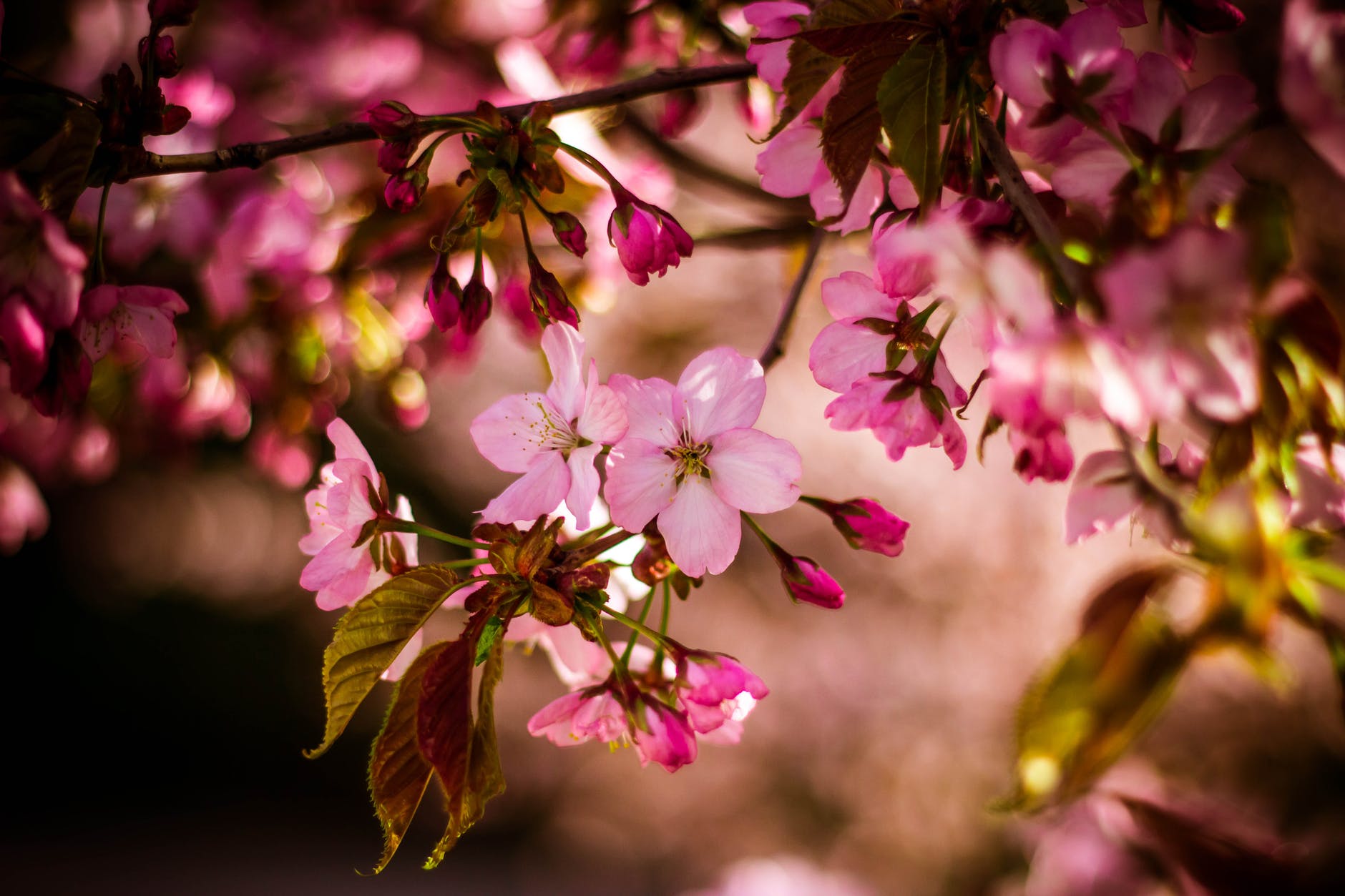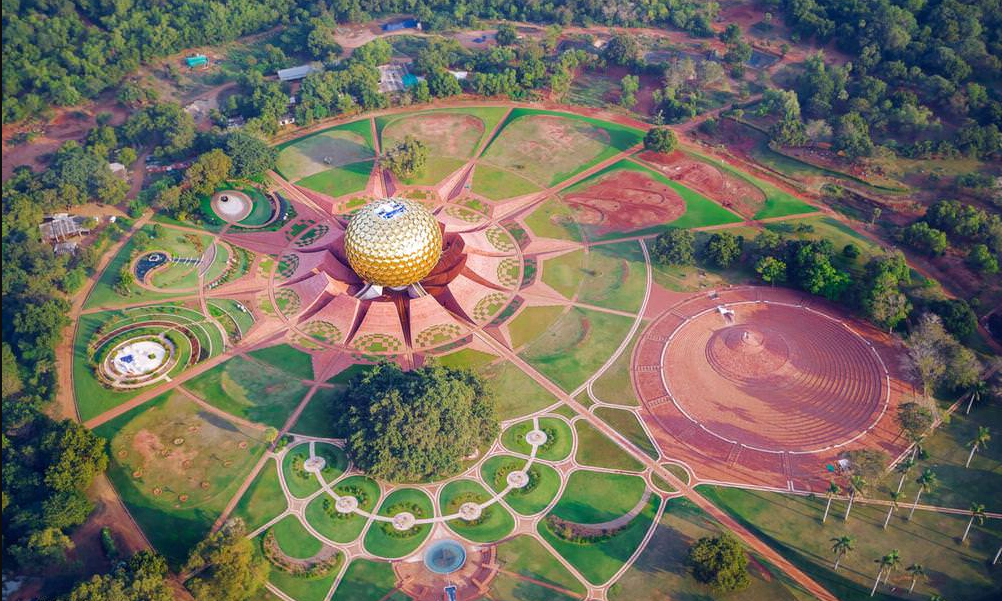PUDUCHERRY.
Pondicherry was the largest French colony in India. The city has a long and interesting history of trade and war. There is a strong French influence in the city, especially in the old quarters, with Rues and Boulevards lined with Mediterranean style houses and bakeries, although the city remains very much Indian. French is still understood, and the whole city makes for rather pleasant mix of East and West. It is also known as The French Riviera of the East (La Côte d’Azur de l’Est). If you’ve spent some time in Tamil Nadu and approached Pondicherry by land, you’ll very likely experience mild culture shock on discovering French architecture and restaurants serving steak and good wine. Pondicherry is very much a city with a dual personality: crossing from East to West of the central canal reveals two cities with very different characters.
One can cover all main points of Pondicherry on a day-trip (about 8 hours) if you have private vehicle. Two days are more than enough cover all spots leisurely. Anything more if you want to take things very slow and enjoy the city.
Top Places To Visit In Pondicherry
- Shri Aurobindo Ghosh Ashram
- Auroville
- Paradise Beach
- Gingee Fort
- Sri Gokilambal Thirukameswar Temple
- Promenade Beach
- White Town
- Chunnambar Boat House
- Pondicherry Botanical Garden
- manakular vinayagar temple
- Hare krishna temples.
Shri Aurobindo Ghosh Ashram
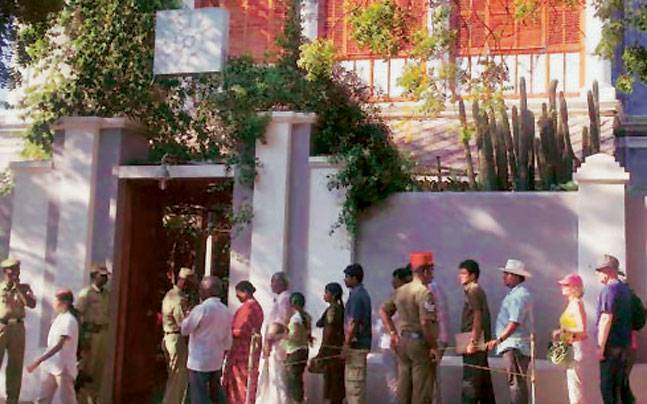
The Ashram is located in the eastern part of Pondicherry. Inmates live and work in a number of buildings spread throughout the area. The focus of community life is the Ashram main building, usually called simply “the Ashram”, which consists of an interconnected block of houses, including those in which Sri Aurobindo and the Mother lived for most of their lives. At its centre, in a tree-shaded courtyard, lies the Samadhi, a white marble shrine where their bodies are laid to rest.
The Sri Aurobindo Ashram located on Rue de la Marine, is one of the most well known and wealthiest ashrams in India, with devotees from India and all over the world flocking towards it for spiritual salvation. Its spiritual tenets represent a synthesis of yoga and modern science. It is open to the public daily between 0800-1200hrs and 1400-1800hrs.
Auroville
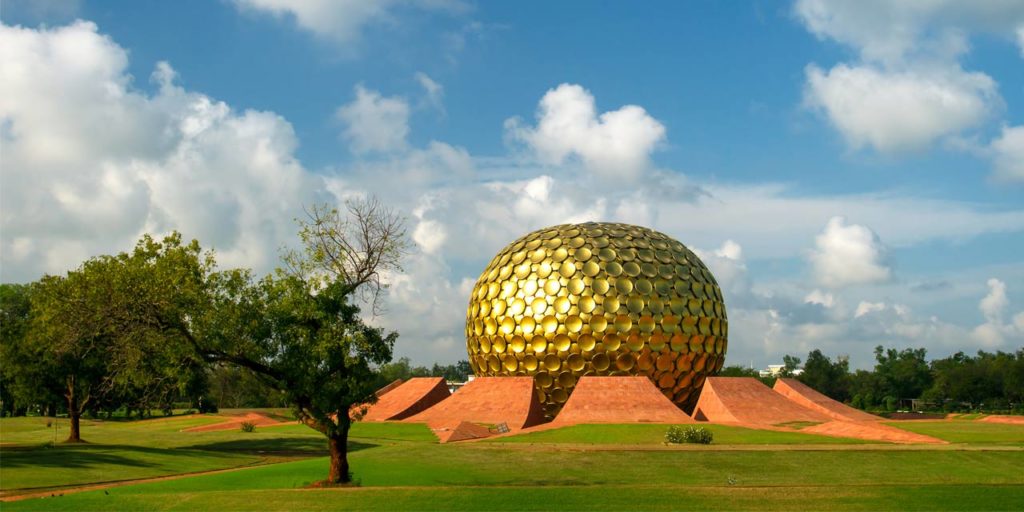
Auroville is a small town 6 km north of Pondicherry. This town was a vision of The Mother from Sri Aurobindo Ashram at Pondicherry as it’s an international town. She envisioned a town where unity will be celebrated and all will have a spiritual vocation. In July 2010, 2200 people from 43 different countries were living in the city. About 40% were Indians (more than 15% are French and 15% are German).
Auroville Handbook is the official guide to Auroville that can be bought in the Visitors’ Centre and the bookshops around or Auroville’s website. A map of the town can be bought in Pondicherry at the Boutique de Auroville and at the visitors center in Auroville.
The city was designed by architect Roger Anger. The township of Auroville is meant to be a universal town where men and women of all countries are able to live in peace and progressive harmony, above all creeds, all politics and all nationalities. Auroville was founded as a project of the Sri Aurobindo in 1968 by his disciple Mirra Alfassa, popularly called “The Mother”. About 2,000 people from 50 countries live in this artificial village. Half of them are Indians and there are some 300 French people, 200 Germans and 150 Italians.
Auroville is 16 km by bus from Pondicherry and 163 km by bus from Chennai. Trains are also available and they take 6 hours. The nearest airports are at Pondicherry, 11 km and Chennai, 142 km.
By rickshaw (₹150-200) or taxi (₹240) from Pondicherry. Many buses between Chennai and Pondicherry bypass the turn off to Auroville – you can get down here and into one of the waiting rickshaws at the junction.
Sri Gokilambal Thirukameswar Temple
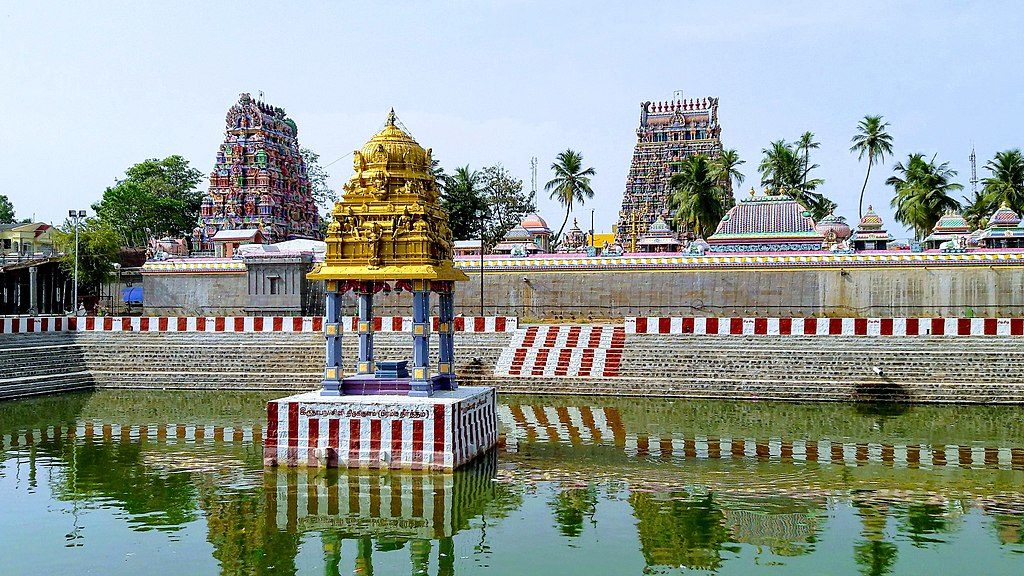
Sri Gokilambal Thirukameswar Temple [ 1500 years old ] is located in Villianur, a village on Puducherry – Villupuram main road. The temple has a flat entrance tower facing South, and all the shrines of the temple are enclosed in concentric rectangular granite walls. The central shrine is approached through pillared halls. The central shrine facing East houses the image of Kameeswarar in the form of lingam (an iconic form of Shiva). The shrine of KokilambaAmman, facing South, is located in separate shrine around the first precicnt. The central shrine is approached through a Mahamandapam and Arthamandapam.
One of the famous temples around Pondicherry, this shrine is not just a religious destination but a major tourist attraction as well, thanks to its marvelous architecture. The presiding deity here is Lord Shiva, worshipped in the form of Thirukameswar (Shiva Linga). Gokilambal refers to the goddess worshipped with Shiva in this temple. It is an ancient temple , when this place was under the rule of the Chola dynasty. If legends are to be believed, a Chola king once suffered from leprosy. He worshipped Lord Shiva and got cured of his ailment. As a mark of his gratitude for the Lord, he built this temple.
Paradise Beach
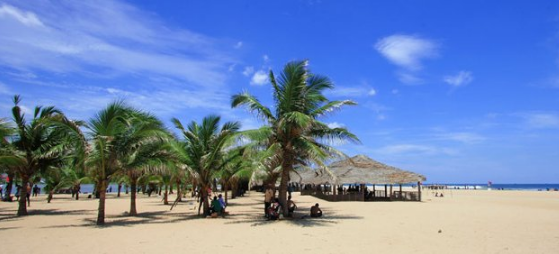
the Chunnambar backwaters boating and Plage paradiso island also called paradise beach in Pondicherry. Plage Paradiso island or paradise beach is an isolated beach from the main land by the Chunnambar backwaters. Thus to reach the paradise beach, one has to cross the Chunnambar backwaters to reach there.
The most attractive aspect of Paradise beach is its calm and clean environment. This beach is the perfect location for spending a holiday along the glistening waters and the palm trees. A large number of huts spread across the beach provides shelter in rain and strong winds. Different options are available for taking the boat rides from and to this beach. The entire beach provides the perfect environment for trekking, fishing and much more.
Gingee fort
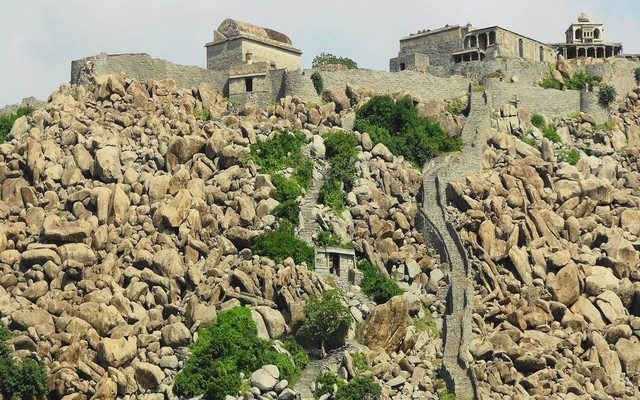
The fort of Gingee (also called Senji or Chenji) in the Villupuram district of Tamil Nadu, has been occupied by most dynasties of medieval South India. It is believed to have been built originally in the 13th century by the Chola rulers.
Gingee Fort is an amazing historic Fort that saw many many kings conquer it, defend it for years. This vast Fort is spread across over 14 sq.km area and has 3 main forts looking at each other. We climes one Fort that had over 600+ vertical climb steps and surrounded by large boulders. Amazing place indeed!
Manakula Vinayagar Temple
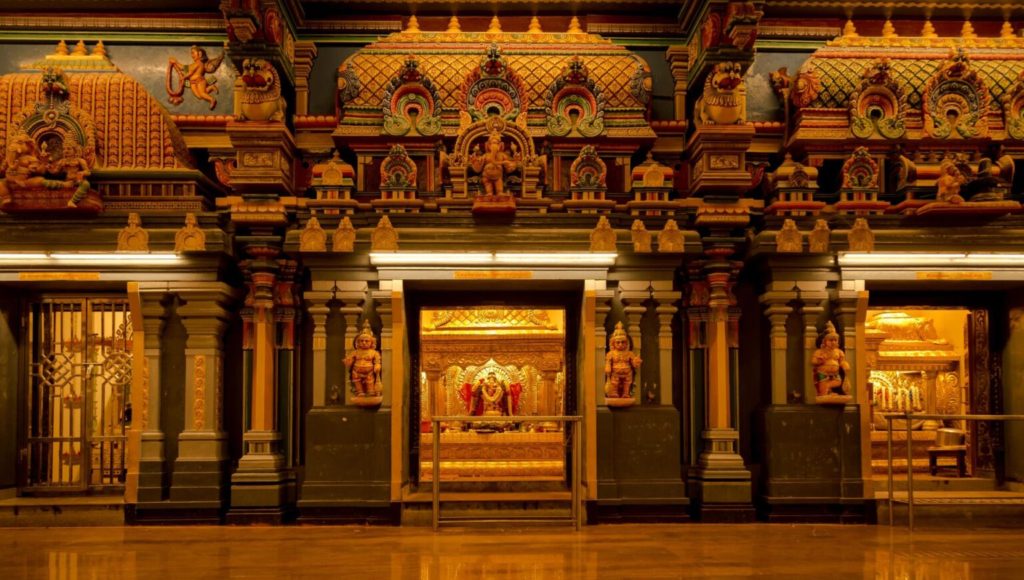
Manakula Vinayagar Koil is a Hindu temple in Pondicherry. Located in the White Town of Pondicherry, Manakula Vinayagar Koil is more than 500-year-old. With that fact of being one of the oldest shrines in the region, Manakula Vinayagar Koil is counted amongst highly revered as well as the most popular Hindu temples in Pondicherry. The name of the temple is derived from two Tamil words ‘Manal’ which stands for sand and ‘Kulam’ which refers to Pond near the sea. The literal meaning of the temple goes back to the time of its construction when there was a pond which was engirdled by sand, and hence, the name Manakula comes.
The Manakula Vinayagar Temple, in Puducherry, is a grand and beautiful temple, dedicated to the Hindu lord Ganesha. Puducherry might be a place full of churches but Manakula Vinayagar Temple is highly coveted among Hindu devotees and tourists, traveling from all parts of the country.
